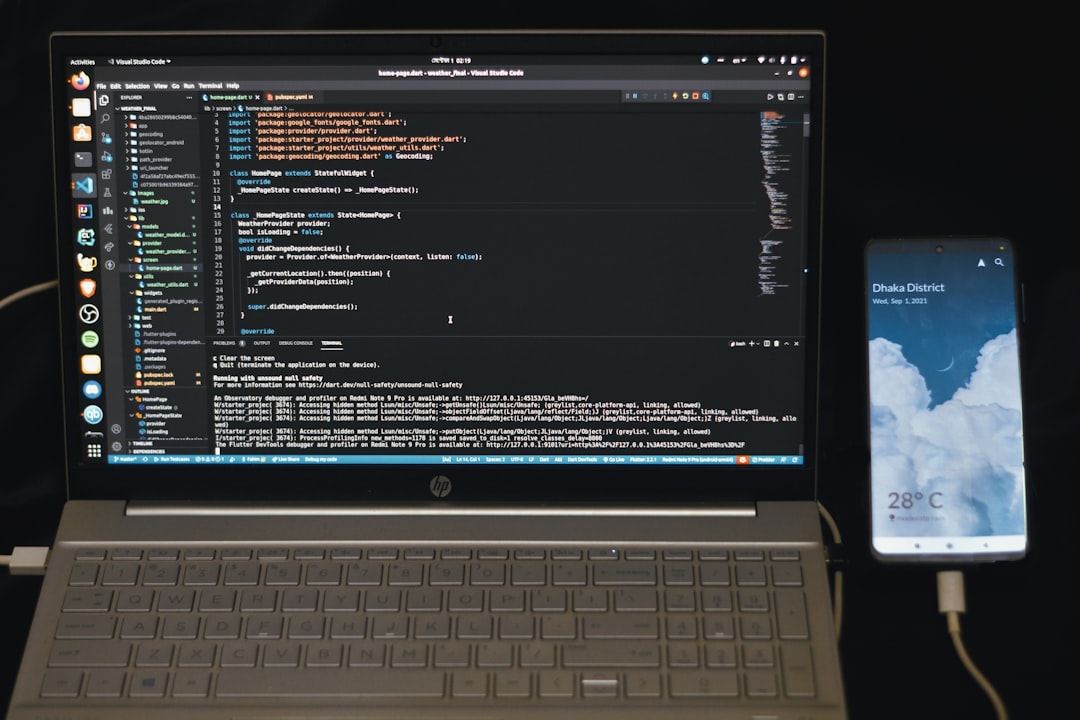Imagine you walk into a coffee shop and before you even say a word, the barista hands you your favorite latte, just the way you like it. That’s personalization at its best. But suppose the barista also tells you where you went last weekend and shows you pictures from your social media. Now it’s a bit creepy, right?
That’s the tricky part about personalization. Knowing how much is just right.
What Is Personalization?
Personalization means giving people experiences made just for them. It can be in:
- Shopping suggestions
- Email offers
- Movie or music recommendations
- Even your phone’s apps!
It’s like being welcomed by name when you enter a party. It feels good—until it gets too nosy.
Why Do We Like It?
Let’s keep it real. People love things that:
- Save them time
- Fit their tastes
- Make them feel unique
A personalized Netflix queue or Spotify playlist? Yes, please. Custom-made shoes? Definitely. It feels like magic when the world is arranged just for YOU.

When It Goes Too Far
But personalization can get a little… too personal. When websites track your every move or ads start calling you by name—whoa. That’s not cool.
It quickly goes from helpful to spooky. People can feel:
- Watched
- Judged
- Manipulated
No one likes it when a stranger knows their secrets, even if it’s just a brand that wants to sell cookies.
Finding the Sweet Spot
So what’s the right amount of personalization? Great question. It’s not too much, not too little. It’s the Goldilocks zone—just right.
Let’s break it down into three easy-to-remember levels:
- Basic Personalization:
Like using your first name in an email. It adds a nice touch without overstepping. Perfect for most situations! - Smart Personalization:
Recommending products based on past buys. It says, “We know what you like,” but it keeps things respectful. - Over-Personalization:
Guessing what you’ll do next or tracking your feelings. Uh-oh. That can feel like a privacy invasion.
How Companies Can Get It Right
The secret for businesses? Keep it light, helpful, and honest. Here are a few tips:
- Be Transparent: Tell users what data you’re collecting—and why.
- Ask Permission: Don’t just assume everyone is okay with it. Use opt-ins.
- Let People Customize: Give them control. Let them choose how much personalization they want.
- Use Data Wisely: More data doesn’t always mean better results. Use only what helps improve the experience.
Getting consent is like being invited into someone’s home. You don’t barge in—you ask first.
Personalization in Real Life
Let’s take a look at a few real-world examples of personalization done well… and not-so-well.
Example 1: The Good
Your favorite pizza place texts you a 20% discount code, just before dinner time, based on your order history.
Result: You feel seen. You’re hungry. You tap that “Order Now” button faster than ever!
Example 2: The Awkward
You Google “baby names” once for your cousin. Suddenly, every site shows diaper ads and parenting tips.
Result: Confusion. You’re not even pregnant!
Example 3: The Creepy
You casually talk about hiking boots near your phone. Soon after, you’re bombarded with ads for outdoor gear.
Result: You wonder if your phone is actually listening to you. Trust lost.
How Users Feel About It
You may think everyone loves personalized content. But that’s not always true. People are starting to care more about their privacy.
In fact, nearly 80% of users say they want to know what data is being tracked. Even more want to control it.
So, while personalization can improve experiences, overdoing it might scare people away.
Simple Rules to Follow
If you have a website or app that uses personalization, here are some rules worth remembering:
- Earn Trust: Give your users good reasons to share data.
- Keep It Relevant: Don’t offer snowboard deals to someone in the desert.
- Don’t Be Creepy: Avoid guessing personal things like age, location, or mood unless users give that info willingly.
Always ask: Would I be okay if someone did this to me?
Tiny Personal Touches = Big Impact
Remember, personalization doesn’t always need deep data. You can create great moments with small touches:
- A “Welcome back!” message
- Letting users pick favorite themes or colors
- Recommending next steps based on what they just did
It doesn’t take much to make someone smile. Often, less is more.
Where We’re Headed
The future will likely bring more personalization. Smarter tools. Better data. More automation.
But also, smarter users. People now know how to say no thanks and protect their privacy.
So the real winners will be the brands that respect boundaries while still making life easier, faster, and just a bit more fun.
To Wrap It Up…
Personalization is powerful. It offers a real advantage when done well. But push it too far, and people push back.
The right amount of personalization feels like:
- Your favorite barista remembering your order
- Not like someone reading your diary
So whether you’re a user, a marketer, or a developer, think carefully. Personalize with care, humor, and respect.
You’ll build trust, loyalty, and a stronger connection—without ever being creepy.


